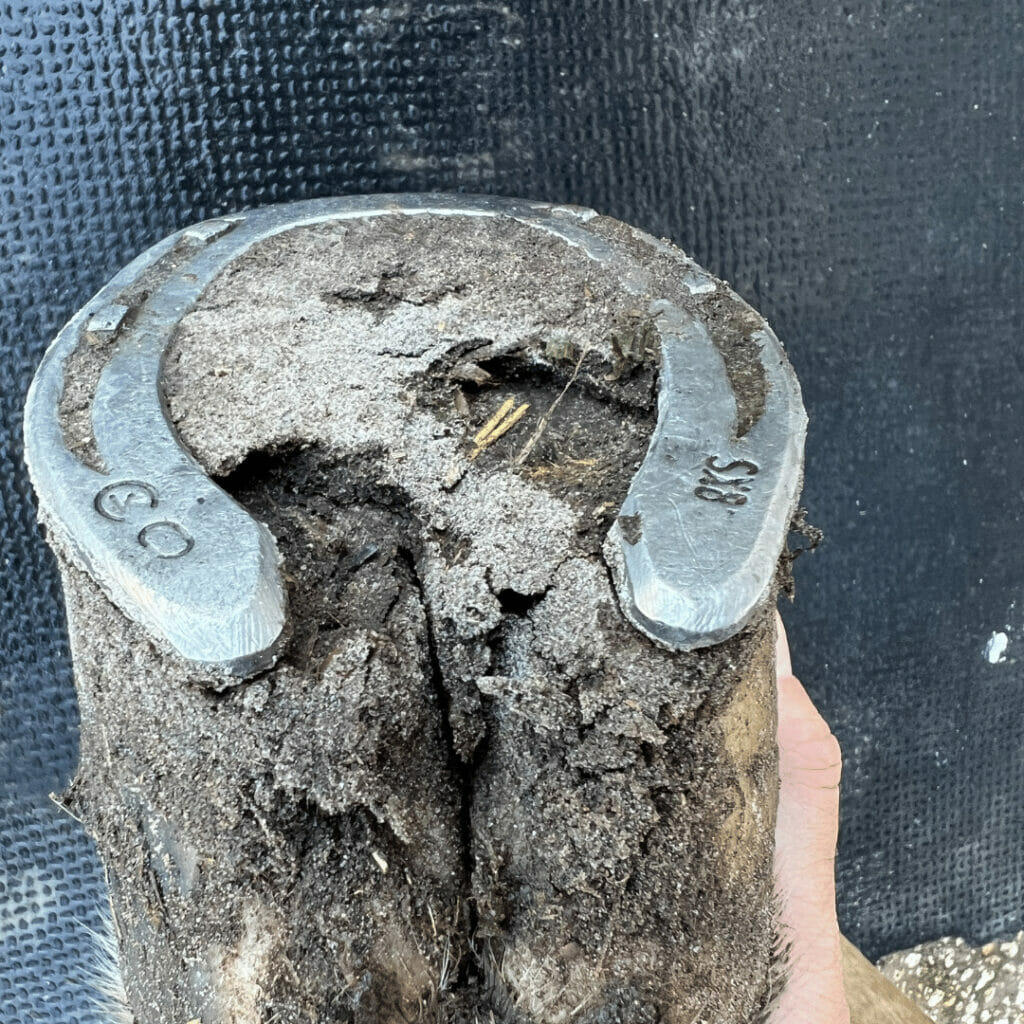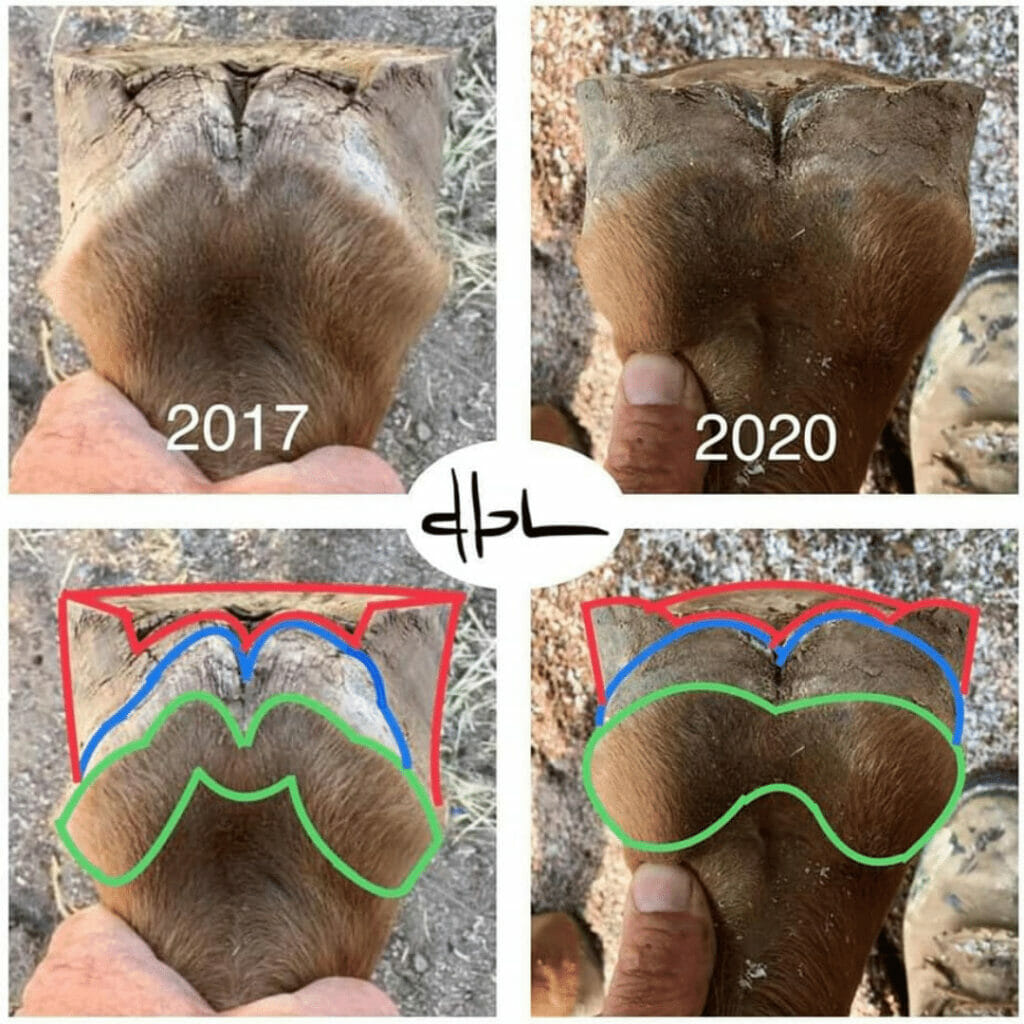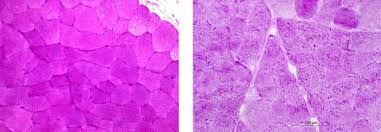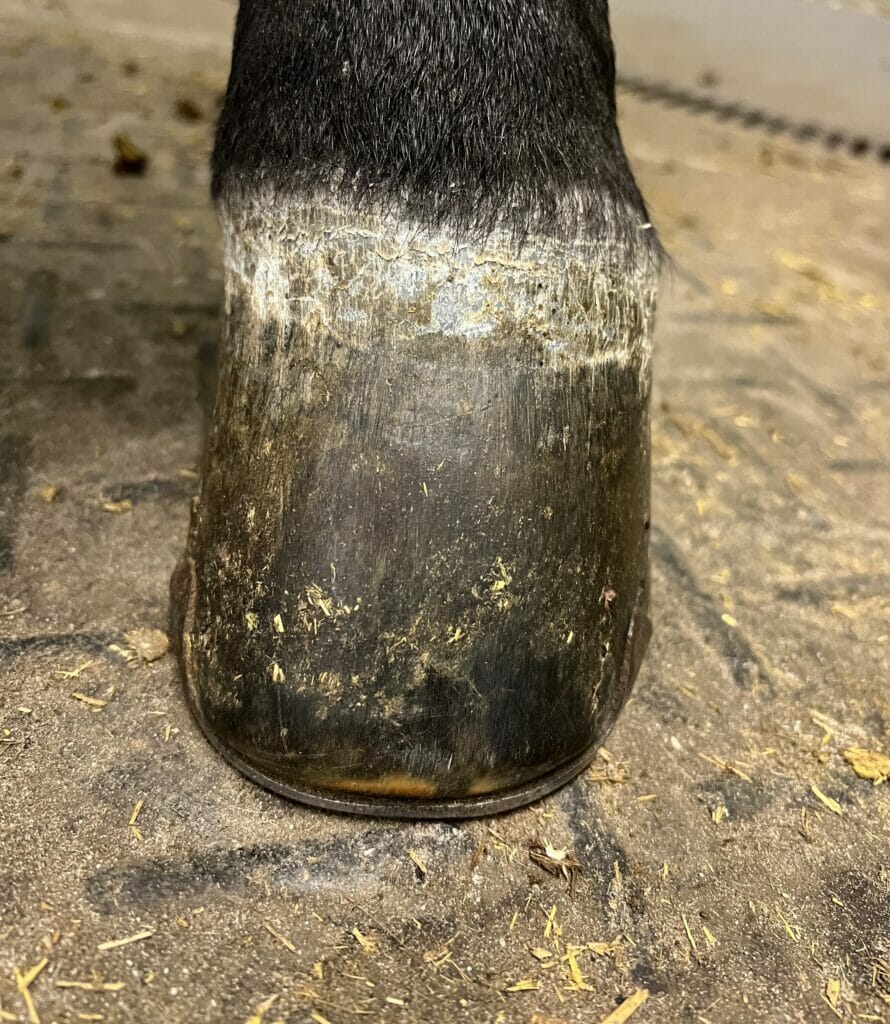
Our mantra that everything is connected means that what one professional does will impact another professional’s work either positively or negatively.
Here is some insight from Equine bodyworker Ansley Bevan of AB Equine Therapy on how her work can be negatively affected by poor hoof care:
Changes in Gait Pattern
As an equine practitioner I see and work on numerous horses that have problems stemming from the hooves.
The gait pattern of the horse changes when there is dysfunction in the hoof.
This is usually when we start to see bigger problems arise.
When the hoof is unbalanced, whether it is anatomically induced or from an improper trim, this puts stress on the internal structures of the hoof as well as the distal limb and musculoskeletal system.
When caudal heel pain is present, the horse’s gait pattern usually changes because it is uncomfortable for them to land heel first.
How A Horse Lands
When the horse starts landing toe first, this is a compensatory movement pattern and should be addressed.
You may see secondary tendon and ligament issues in horses with sheared, contracted or underrun heels.
These horses might also present with navicular issues or even bony remodeling of P3 (coffin bone).
Effects on the Musculoskeletal System
Horses that have been compensating for hoof pain and dysfunction will often show issues within the musculoskeletal system as well.
Some of the areas I find problems in as an equine practitioner are through the thoracic sling and cervical musculature.
This is usually from horses that present with choppy foreleg strides and compensated foreleg movement patterns.
I also encounter a lot of horses with tension through the thoracolumbar musculature from bracing through the back and being unable to move properly.
These are just some of the ways your horse’s health and movement may be affected by hoof dysfunction.
A Proactive Approach is Necessary
A lot of times it can be helpful to video your horse at the walk and watch their movement in slow motion.
This allows you to analyze the limb’s flight pattern as well as the hoof landings.
It is important as equestrians to recognize proper hoof health and function. This gives us an opportunity to make the proper corrections before potential injury occurs.
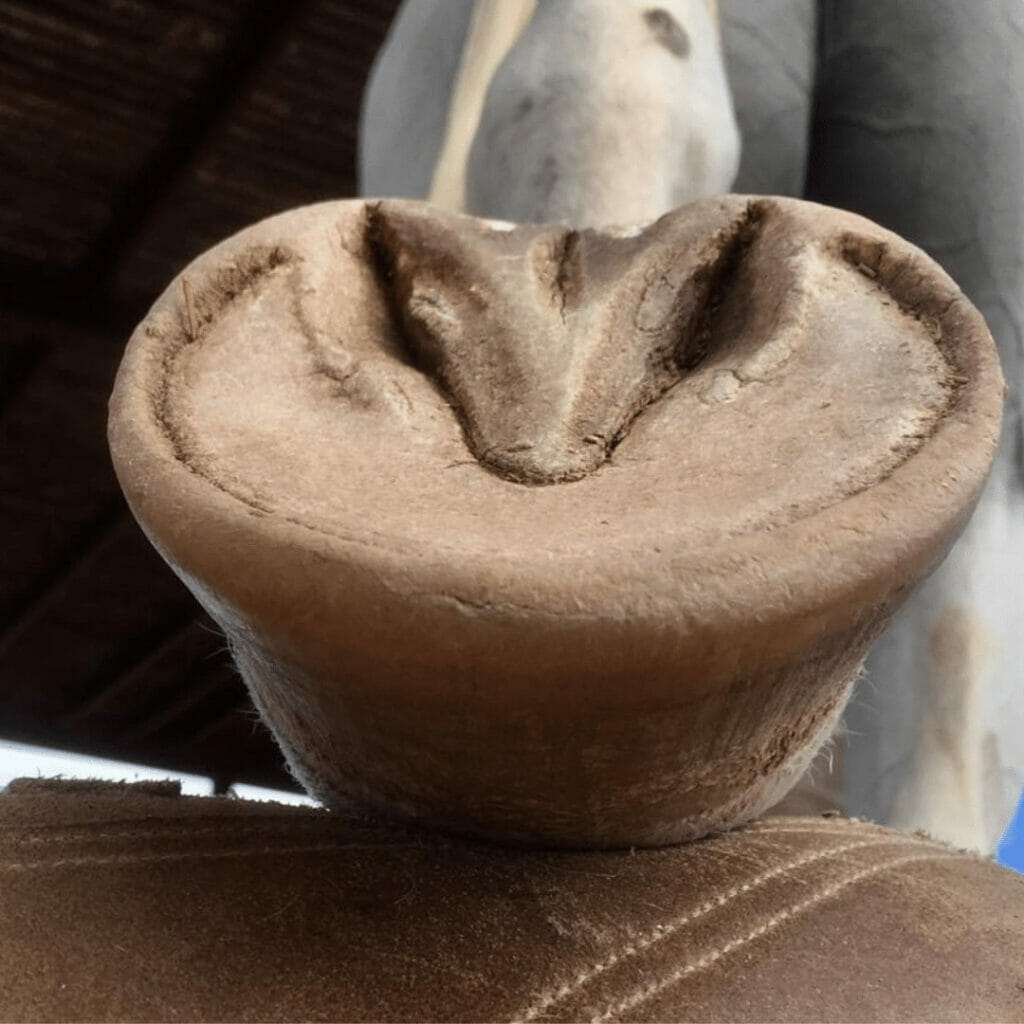
If you found this article helpful, then you will really love our membership program where we deliver whole horse/whole rider, evidence based information to guide you on your journey to compassionate horsemanship.

